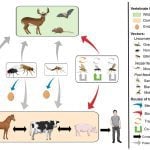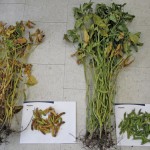Soil and water are the most important sustainable natural resources in Western Canada. Both are essential to produce food and sustain human life. We hear a lot about the dwindling quality and availability of freshwater supplies, but society does not recognize the importance of soil. We continue to lose more and more of our best […] Read more










